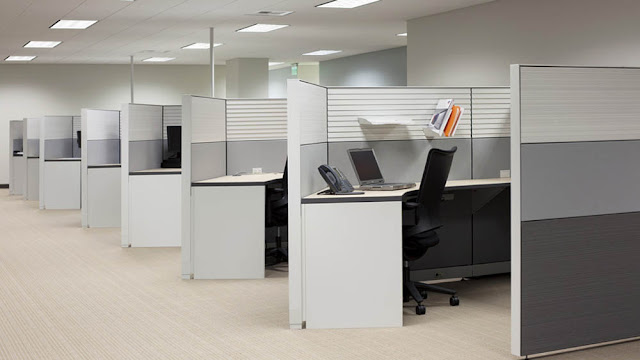Lessons We Can Learn from Top-Performing Workplaces

Leesman measures employee experience via the Leesman Index – a global business intelligence tool that captures employee feedback on how effectively the workplace supports their work. Last year, the company independently assessed the workplace experience of over 150.000 employees across 971 workplaces worldwide. The results of the survey showed that many employers routinely overlook huge opportunities to improve their employees’ work experience. The toll that this can take on the health, well-being, and efficiency is greatly underestimated. According to Leesman, the strategies behind the world’s best workplaces differ among clients, regions, and employee functions, but there are similarities in what these organizations are doing and how they approach the balancing act of ‘work’ not only being a thing you do, but also a place you actually want to be. The average space a person has at their workplace is 13.2 m2, with the densest office environments giving workers only


